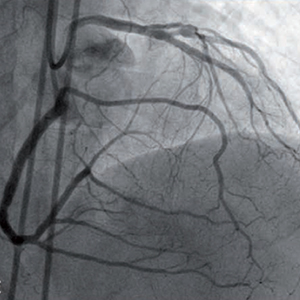Prevalence and patterns of coronary artery anomalies in 28,800 adult patients undergoing angiography in a large tertiary care centre in India

All claims expressed in this article are solely those of the authors and do not necessarily represent those of their affiliated organizations, or those of the publisher, the editors and the reviewers. Any product that may be evaluated in this article or claim that may be made by its manufacturer is not guaranteed or endorsed by the publisher.
Authors
Coronary artery anomalies (CAAs) are a diverse group of disorders with varied clinical presentation and pathophysiological mechanisms. A majority of these anomalies are asymptomatic and often an incidental finding on coronary angiogram or autopsy. This retrospective study included 28,800 patients who underwent coronary angiography from 2016 to 2020. The coronary angiograms were reviewed by two independent reviewers and CAAs were documented. CAAs were classified into i) anomalies of coronary artery connection, ii) anomalies of intrinsic coronary arterial anatomy and iii) anomalies of myocardial/coronary artery interaction as proposed by the European Society of Cardiology. Of the 28,800 coronary angiograms, CAAs were present in 4.12% with anomalies in the left coronary artery (LCA) being most common. Anomalies of coronary artery connection were most common (48.48%) followed by anomalies of myocardial/coronary artery interaction (34.49%) and anomalies of intrinsic coronary artery anatomy (17.03%). Among anomalies of coronary artery connection, absent left main trunk or split LCA with separate origins of left anterior descending coronary artery and left circumflex coronary artery from the left coronary sinus of Valsalva (22.59%) was most common. An intramural course or “myocardial bridge” had an incidence of 1.16% while incidence of coronary artery fistulae (CAF) was 0.115%.
How to Cite

This work is licensed under a Creative Commons Attribution-NonCommercial 4.0 International License.






